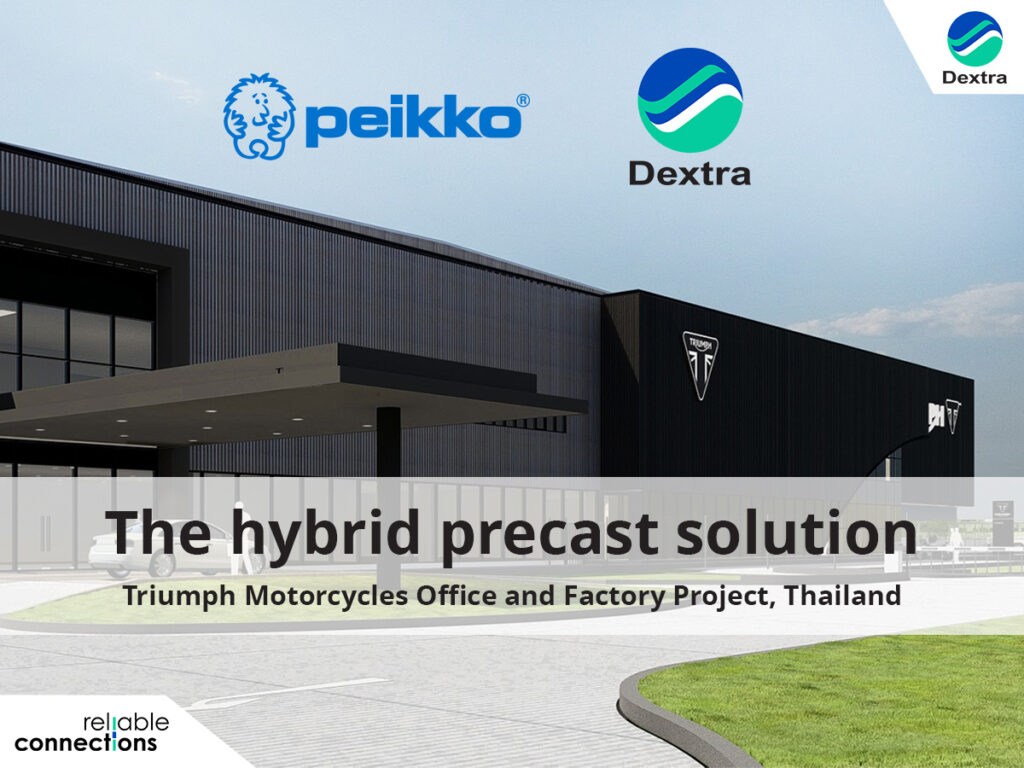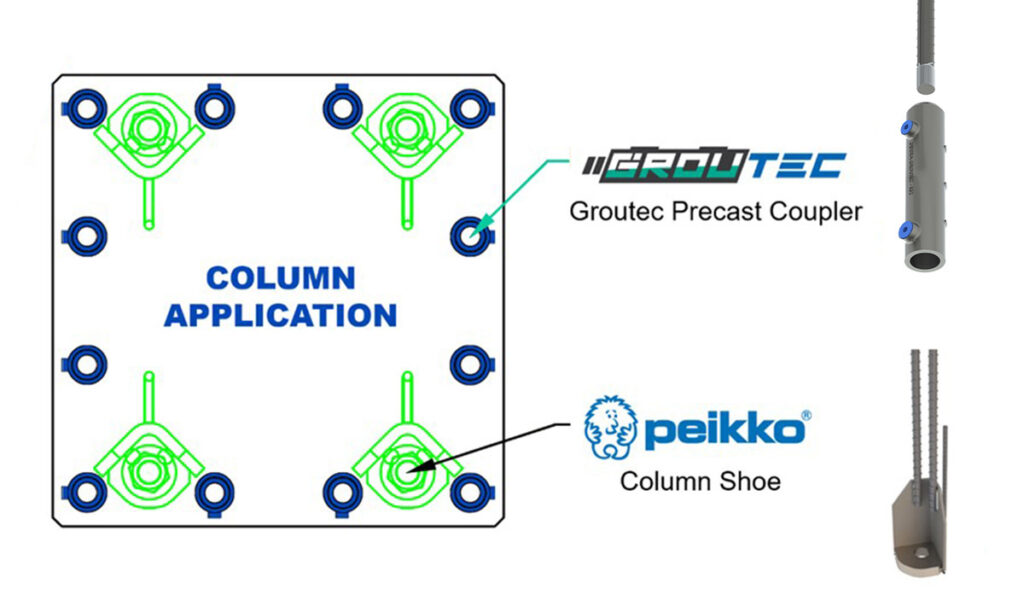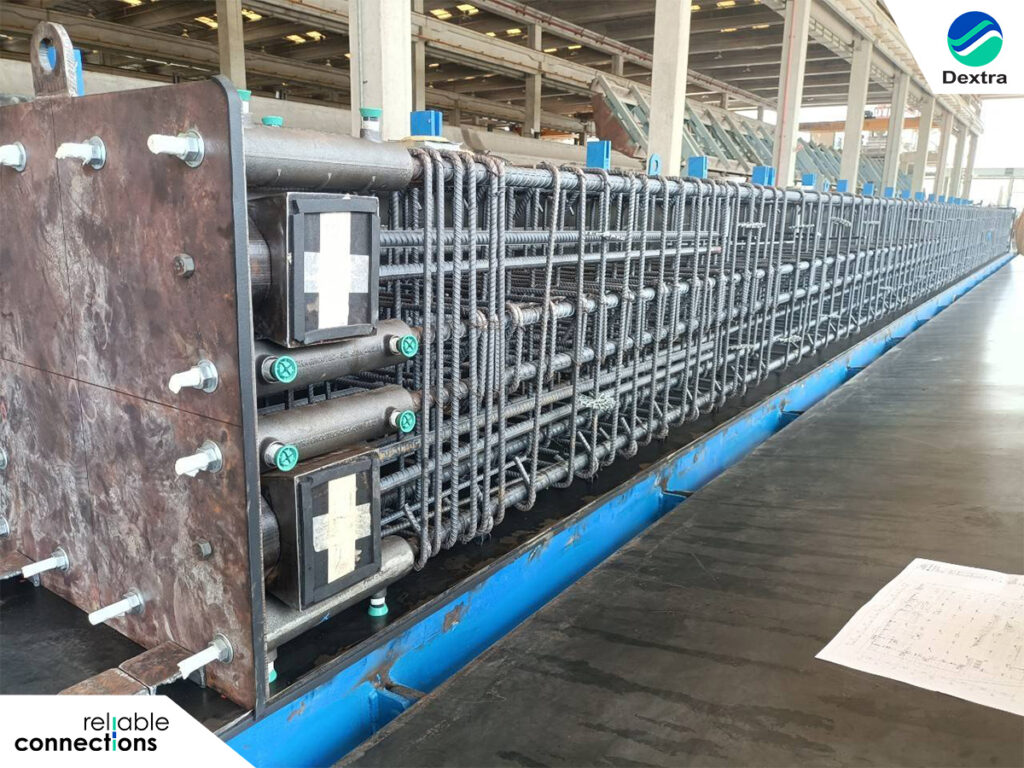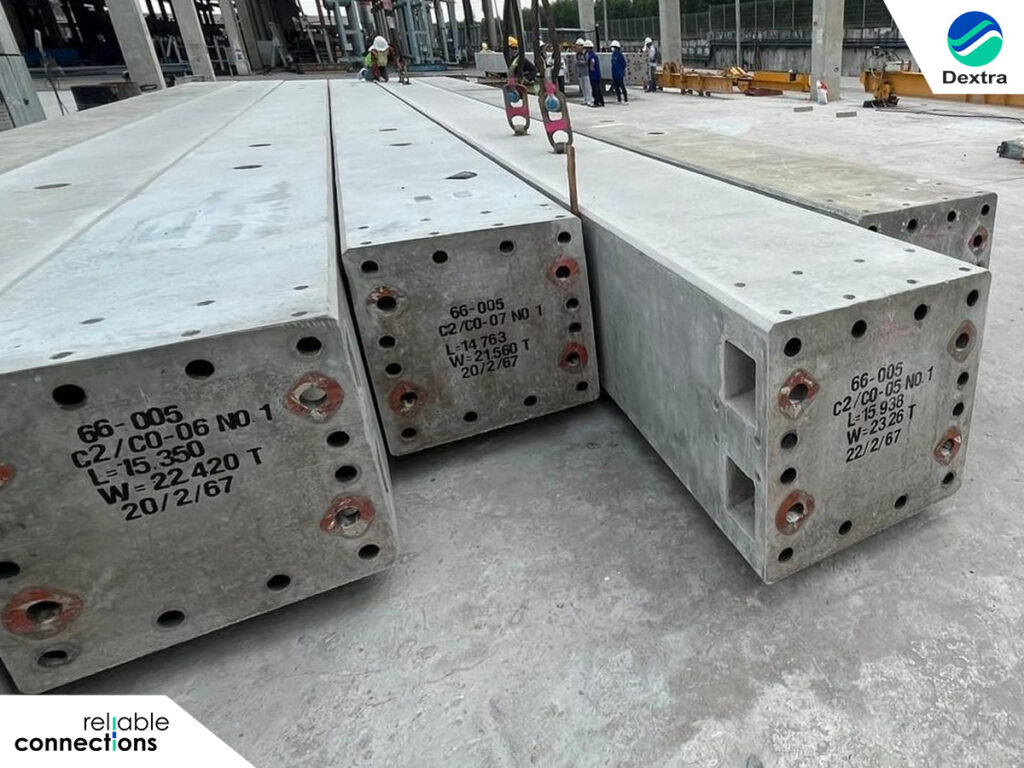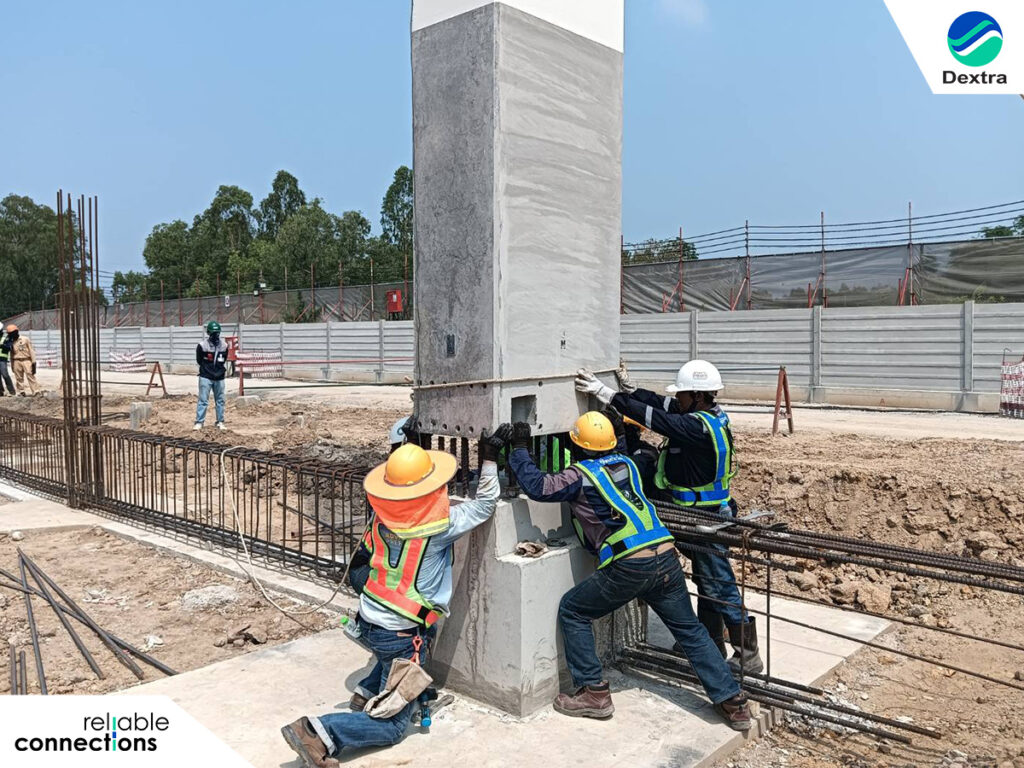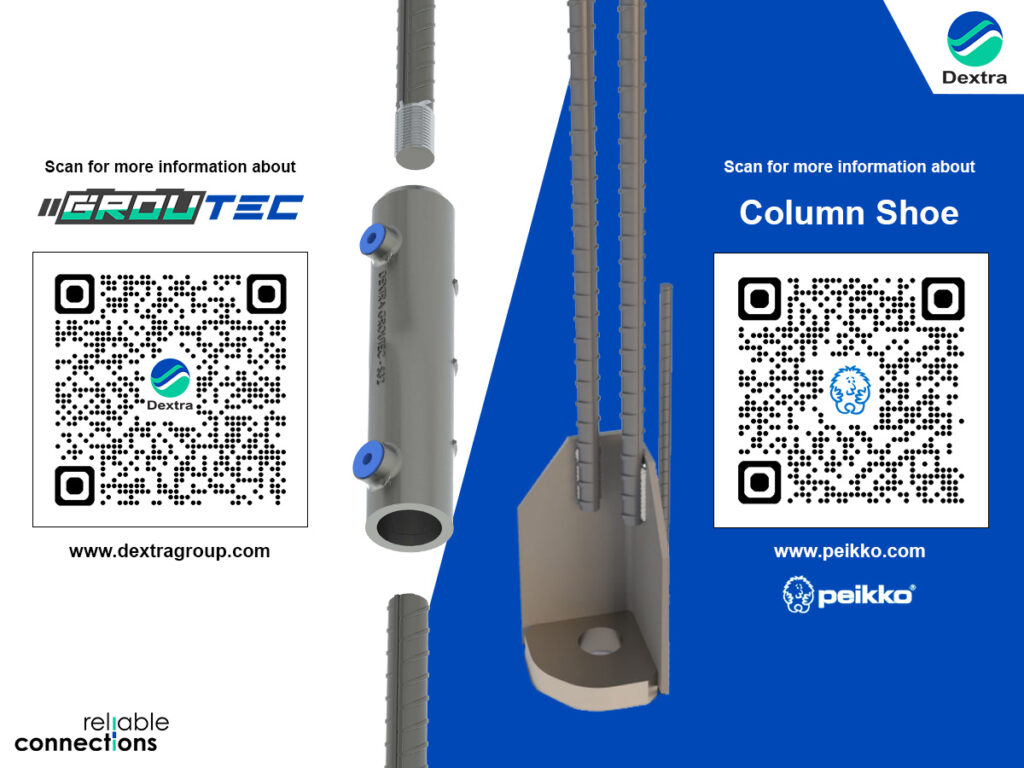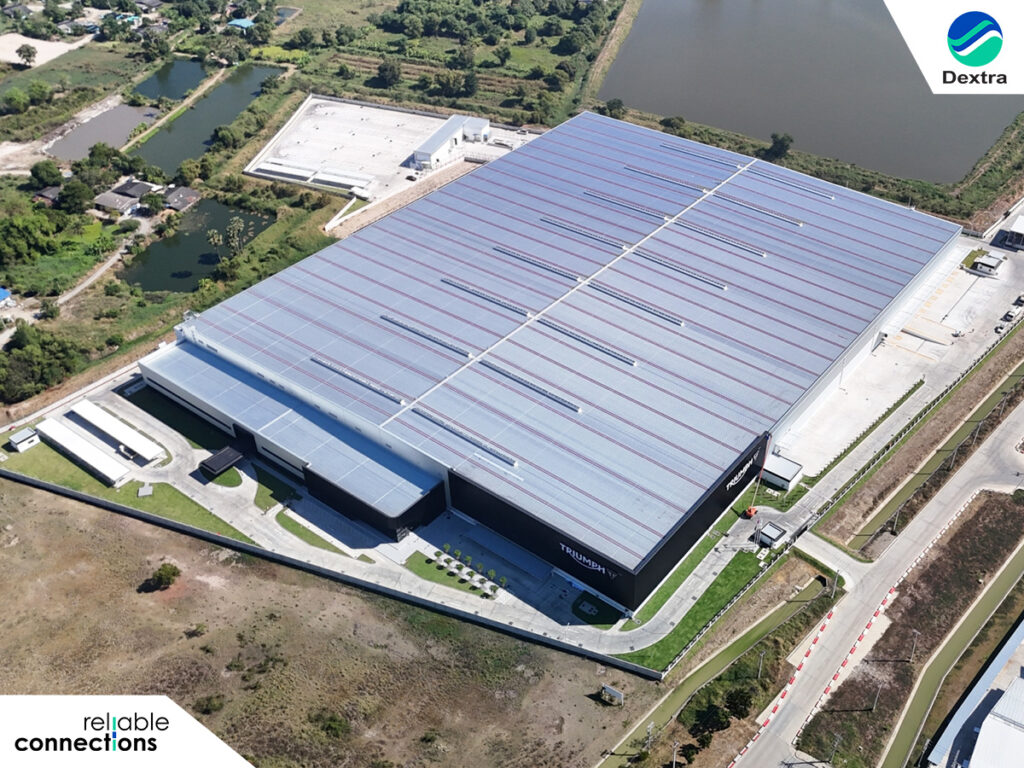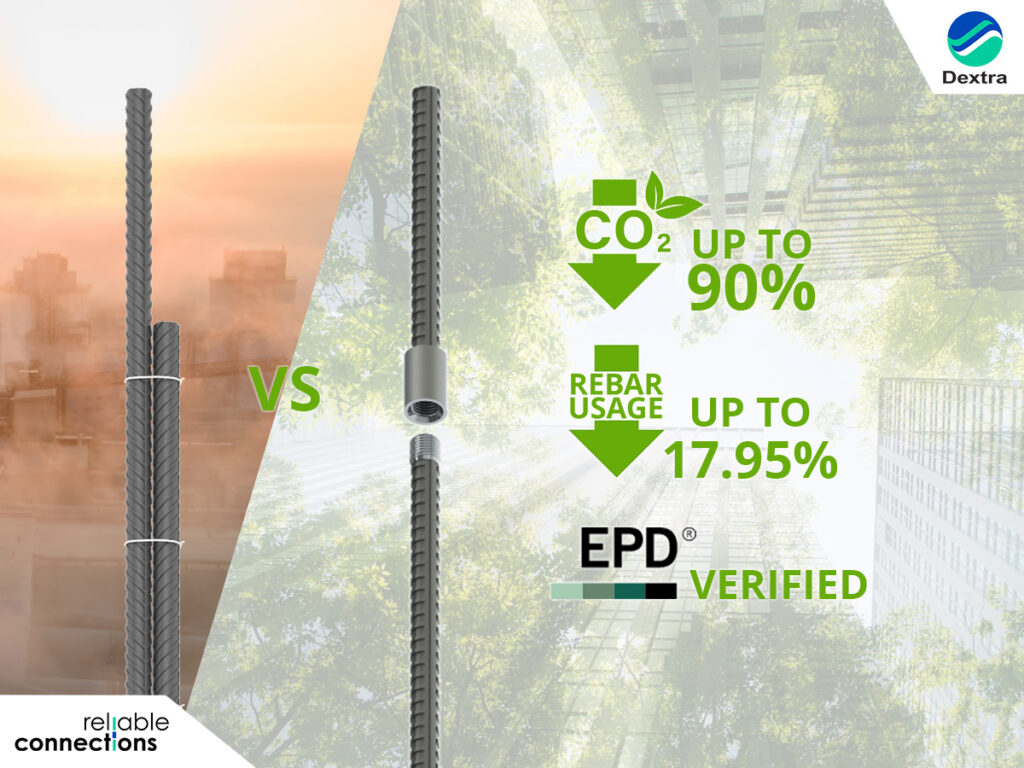Ensuring Seismic Performance: The Critical Role of Rebar Coupler Testing and Certification
In regions prone to seismic activity, the structural integrity of reinforced concrete connections is a matter of life and death. The performance of rebar couplers, which play a crucial role in transferring loads between reinforcing bars, is especially critical in ensuring the resilience of buildings, bridges, and infrastructure during earthquakes. Without rigorous testing and certification, these components could become weak points in a structure, leading to catastrophic failure.
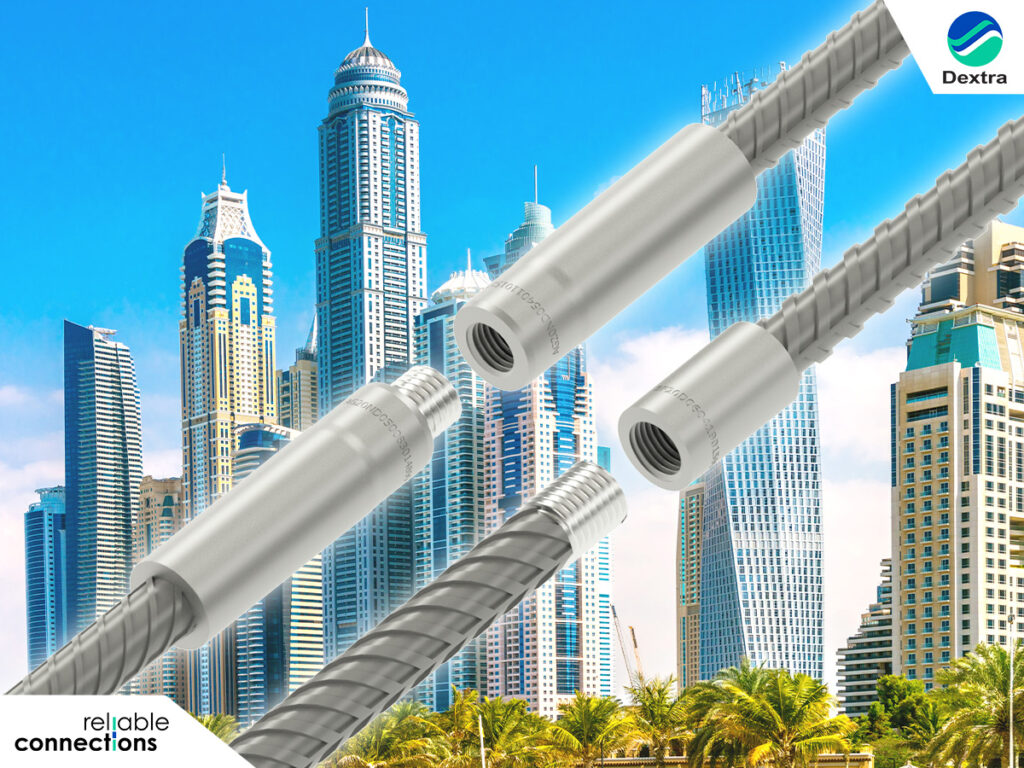
The Importance of Seismic Performance in Rebar Couplers
Seismic forces impose dynamic, cyclic loads on structures, making it essential for rebar couplers to withstand repeated stress reversals without losing strength or ductility. To ensure reliability, couplers must undergo stringent testing that simulates real-world seismic conditions. These tests evaluate factors such as:
- High-cycle and low-cycle fatigue resistance to measure how well couplers perform under repeated stress loading.
- Tensile strength and ductility to ensure couplers can maintain structural integrity during an earthquake.
- Failure modes to confirm that the connection does not introduce brittleness into the reinforced concrete structure.
Dextra’s Commitment to Seismic Performance
At Dextra, we understand the critical nature of seismic performance and have made it our mission to ensure that our rebar couplers meet and exceed industry standards. We achieve this through a combination of:
Third-Party Certifications from Reputable Certification Bodies
To guarantee compliance with global seismic design requirements, Dextra’s rebar couplers are tested and certified by internationally recognized third-party organizations. These certifications validate that our couplers meet the most stringent regulatory codes, including:
- ISO15835-1 Class S – The international standard when it comes to compliance of mechanical splices in seismic applications.
- AC133 – A widely recognized qualification for mechanical splices used in seismic zones.
- NF A35-020 – Currently, the most demanding product standard for rebar couplers when it comes to seismic performance.
Local approvals and performance assessment in key markets, based on ACI 318, ASTM A1034, IS16172.
By obtaining these certifications and performance, we provide engineers and contractors with confidence that Dextra’s coupler solutions will perform reliably even under the most extreme seismic conditions.
Internal Seismic Testing Capabilities
In addition to external certification, Dextra operates advanced internal testing facilities to push our products beyond standard requirements. Our in-house ISO/IEC 17025-accredited materials testing laboratories’ scope of testing includes advanced equipment for cyclic loading tests to simulate the behavior of our products under different simulated earthquake conditions. Our testing encompasses low-cycle loading tests under both tension and combined tension and compression forces.
Our internal testing ensures continuous product development and innovation, allowing us to stay ahead of evolving seismic design standards and customer expectations.
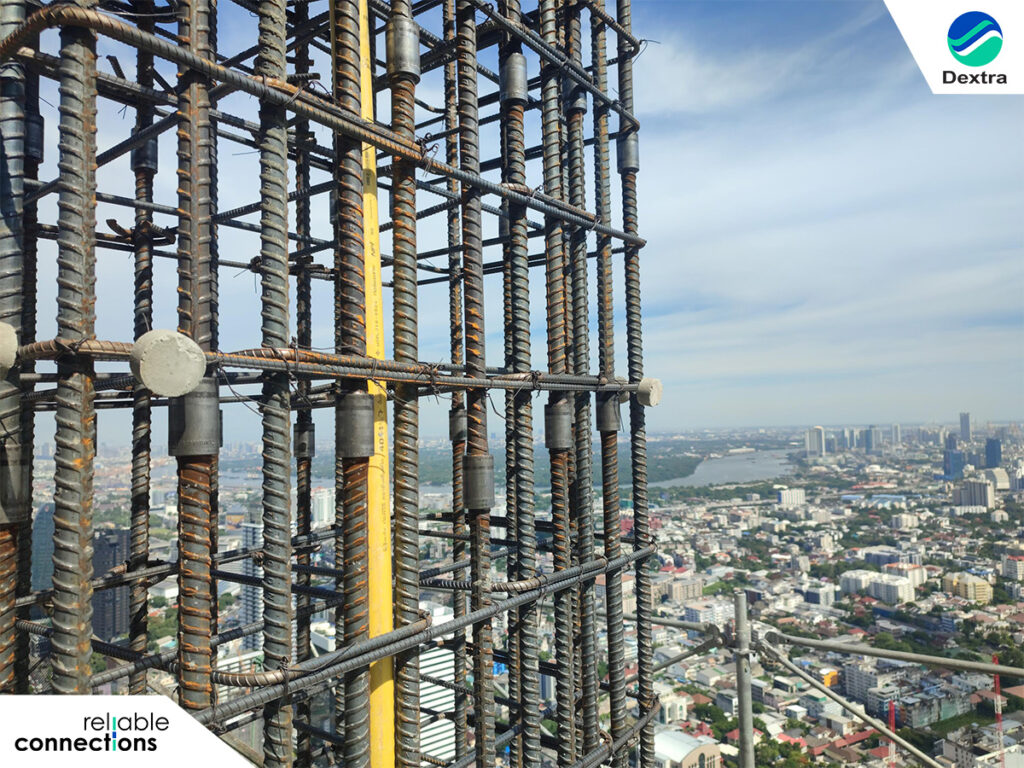
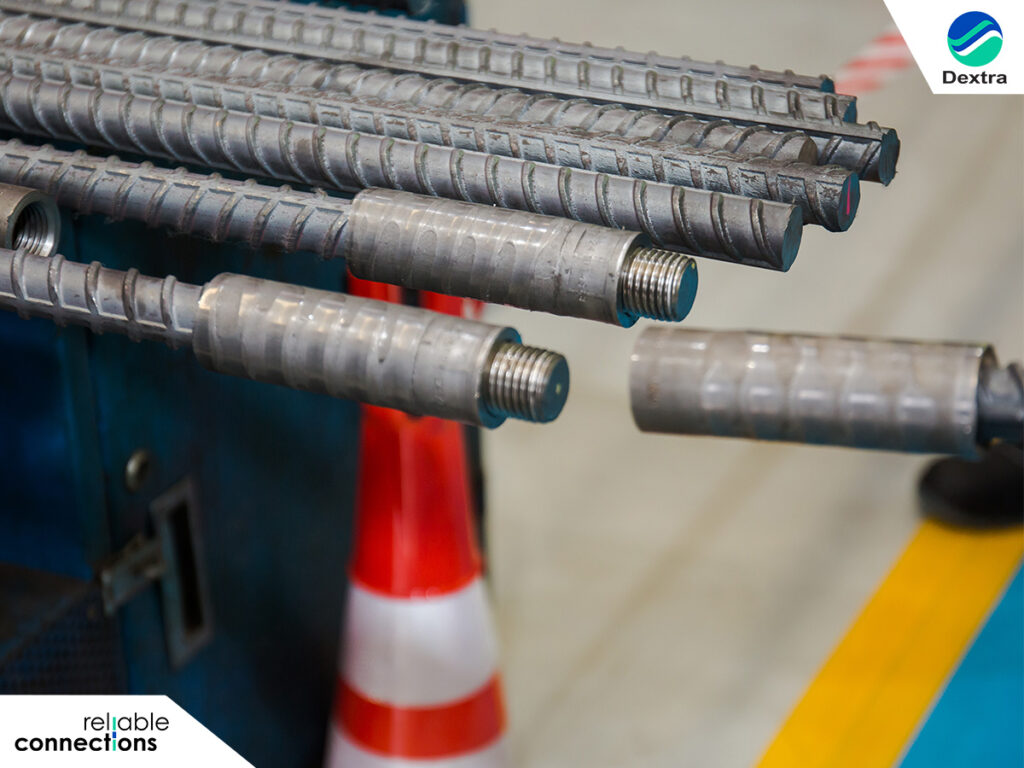
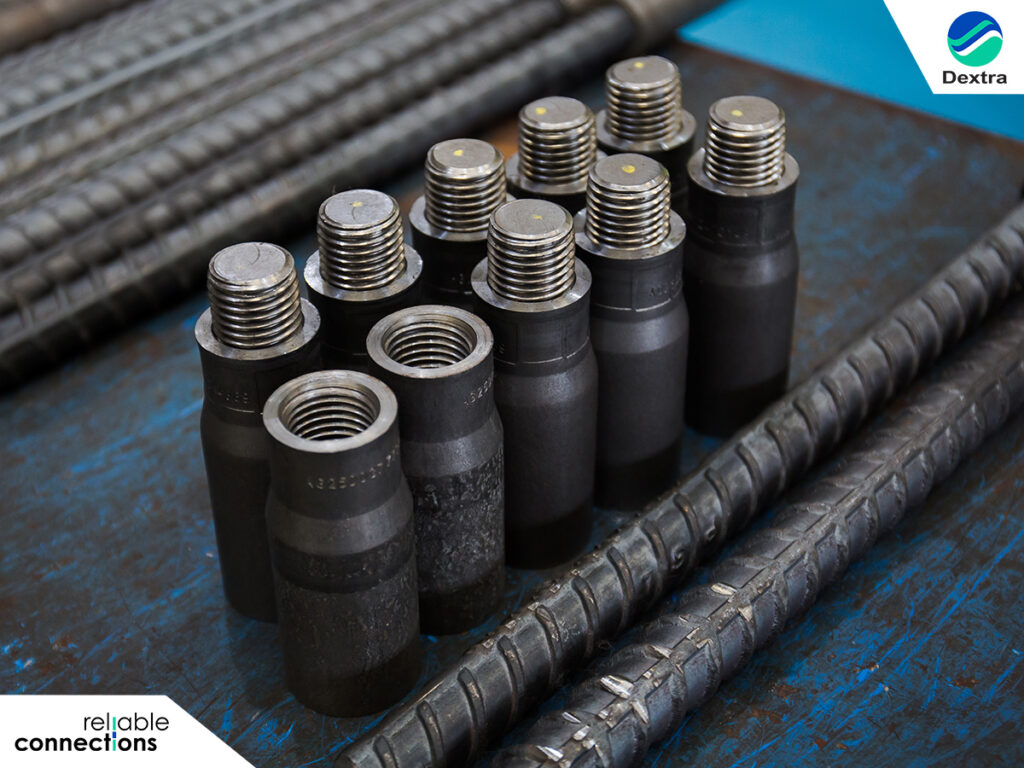
Building Safer Structures for the Future
Seismic resilience is not just about compliance; it is about safeguarding lives and protecting infrastructure investments. This is why our rebar couplers undergo extensive testing and certification. Our commitment to seismic performance, validated by third-party approvals and rigorous internal testing, guarantees that our solutions meet the highest standards of safety and reliability.
By choosing Dextra, designers, contractors, and engineers can trust that their structures are built to withstand the challenges of seismic forces—because when it comes to safety, there is no room for compromise.





